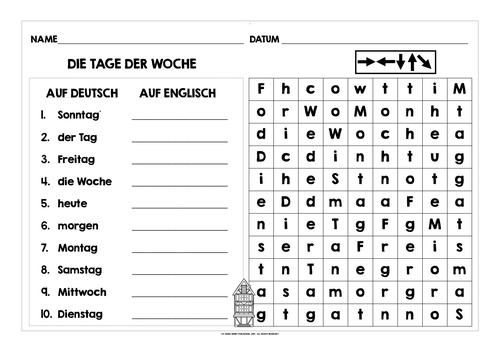GERMAN FRUITS & VEGETABLES CHALLENGE CARDS
**KS3 GERMAN FRUITS & VEGETABLES ACTIVITIES CHALLENGE CARDS 108 DIFFERENTIATED CHALLENGE CARDS @ £1.25 each in the bundle** really do help to create a lively language learning environment. Students can develop, embed, reinforce and refresh their knowledge of fruits and vegetables in *German* in a cooperative, communicative and interactive way, independently of the teacher. They have a *bonus multi-skill focus on listening, speaking, pronunciation, reading and spelling*. They’re great for helping students familiarize themselves with, and *develop competence in, speaking, reading, writing and spelling longer words and more complex sentences in German*. Sentence structure and word order may differ from students’ first and/or home language, so it’s important to provide them with opportunities to engage with language that moves beyond single-unit vocabulary as soon as possible. It also gives them chance to *apply language in a practical, real-world context*, which in turn helps embed both vocab and grammatical concepts into longer-term memory.
The cards are useful not only when you’re focusing on the target vocab, but also to work on *German language skills* in general, such as cases, adjectival endings, *grammatical structures such as um… zu + infinitive* and so on. The goal is not simply to learn the target vocabulary in *German*, but also to enjoy working with *German*, and to feel confident about doing so. The questions are all in *German*, and range in complexity and challenge. I usually read through questions before my students work with the cards for the first time, to ensure that everyone understands any new or unknown language and structures. I make sure though to give them chance to *infer meaning from context, and to use any visual clues to decode language*. It’s definitely useful for students to have access to an appropriate bilingual dictionary - not only does that help develop literacy skills, but there will probably be some fruits and vegetables that students may not know.
There are *35 fruits and 37 vegetables* addressed in the challenge cards, and it’s unlikely that they are all in your teaching and learning plan. I always include additional vocabulary to add a little challenge, and to encourage students to think a little more creatively and independently. I’ve provided alphabetical *German-English and English-German fruits and vegetables lists* in case you don’t have access to bilingual dictionaries. I’ve used *masculine and feminine fruits, definite and indefinite article, and singular and plural* - this really helps students familiarize themselves with grammatical concepts without explicit instruction. There are some*translation questions* too - both from *German to English and English to German*, which is a great introduction to translation for beginner learners. I explain that there are several possible correct alternatives, as translation is not a word-for-word activity, which is definitely useful for them to know from the very beginning of their learning.
The *question card template* enables students to apply their*knowledge of language and grammatical concepts creatively and practically* too - my students really enjoy creating questions for each other, and I encourage them to use the existing questions as a frame of reference as they create their own, and to include fruits that are not already in the fruits vocab list. The cards are in colour, as I've found that with this particular target vocab, the colour is an integral element to learning. I always laminate the cards though - not only are they far more learner-friendly, but far better value in the longer-term, as they last for absolutely years.
**The bundle consists of 3 individual, non-editable sets of cards, each containing the following:**
* *Set of 36 question cards*, 4 per A4 (8.5 x 11) paper. For younger and beginner learners, I always use a larger size card to ensure that language is sufficiently accessible, particularly when we’re working with longer and more complex sentences. It also ensures that students who find language learning a little extra challenging are not discouraged by dense print of new or unknown language.
* *2-page answer recording sheet*. Best printed double-sided. We don't always use a recording sheet - I tend to get my students to use their class workbooks for this kind of activity, as it saves prep time and paper, and also gives students an easily-accessible record of their learning when they repeat the activity.
* *2-page answer key*, again best printed double-sided, and laminated for longevity. One answer key for each small group is sufficient. Answer keys are great - they're the perfect teacher time-saver, but also provide students with a really valuable additional opportunity to engage with language - and they genuinely enjoy correcting their own, and especially each others' work!
* *alphabetical fruits & vegetables lists*, German-English & English-German. Best printed double-sided.
***Have a browse in my store for more German active learning activities, with a wide range of other German language teaching and learning materials, with lots of freebies too!***
*The resource is non-editable in a zipped format. It is copyright, all rights reserved. It may not be copied, rewritten, shared or distributed, in whole or in part, outside your own classroom in any way. The license for purchase is a single-user license only. Please read the Terms of Use.*
**VIELEN DANK UND VIEL SPAß BEIM LERNEN!**



